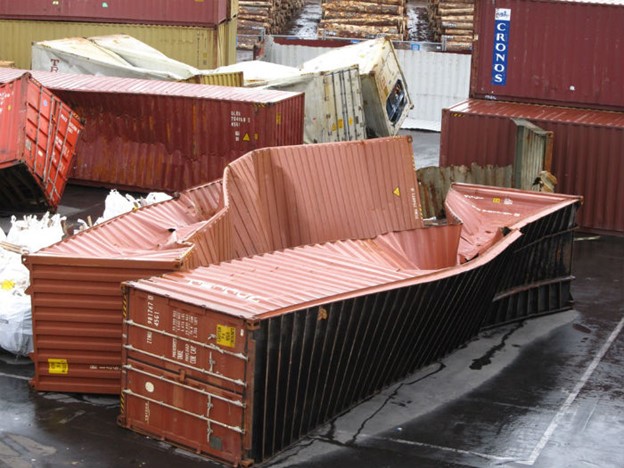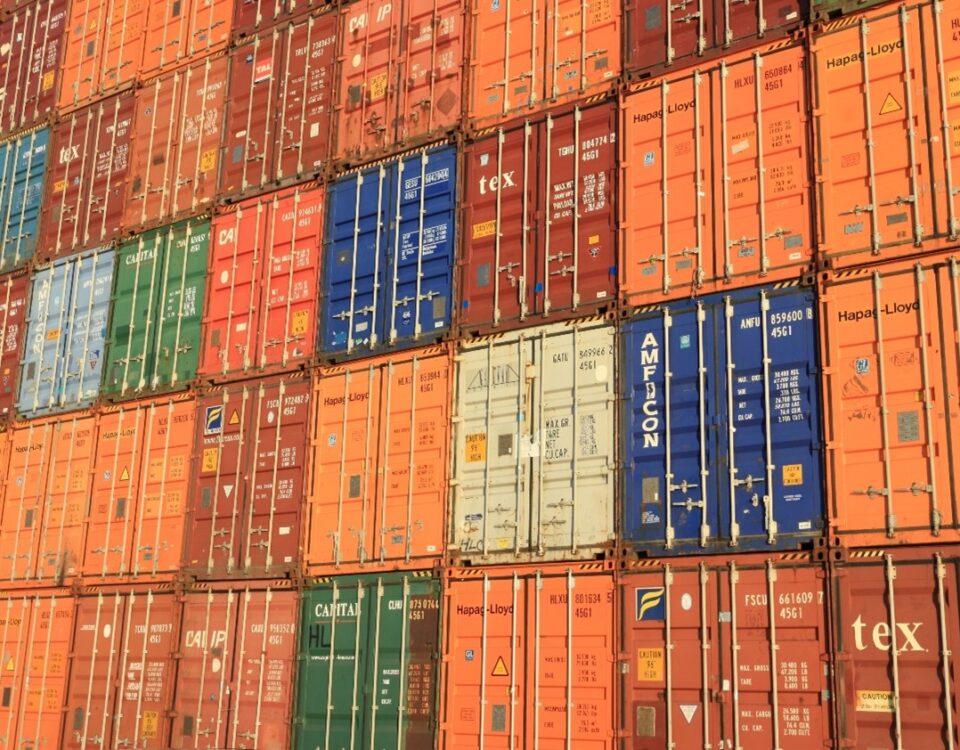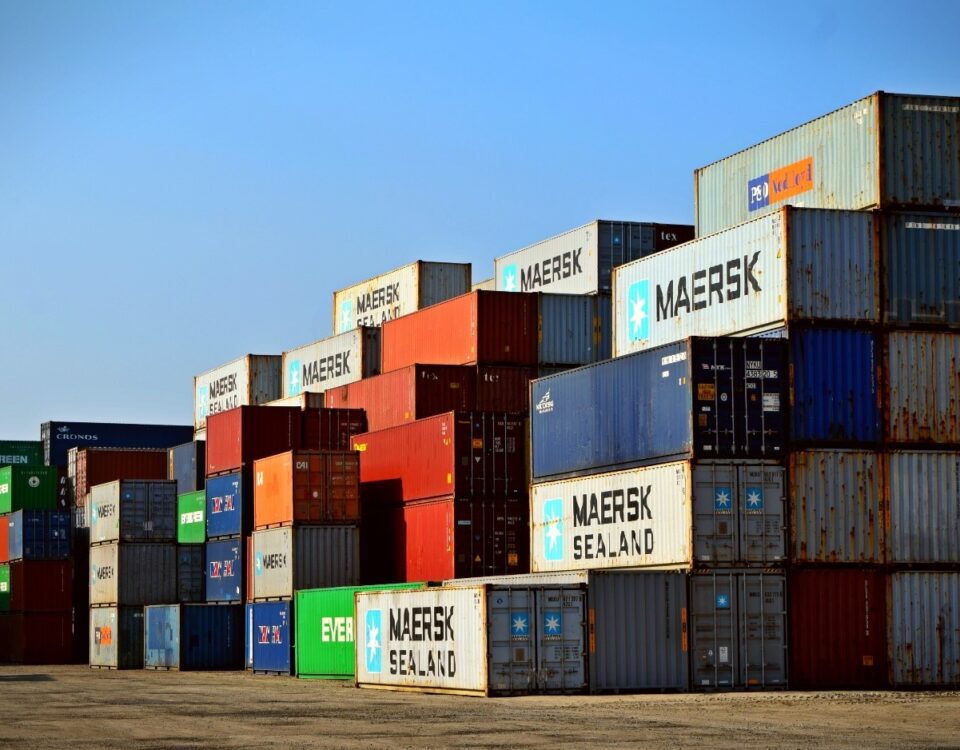Our team of legal experts give you inside info on the legal world of cargo claims – from how to avoid losses and prevent cargo claims to taking pictures that can win a court case.
May 19, 2023
The power of AI is transforming various industries, and exporters can also leverage its potential to enhance their operations. ChatGPT, a cutting-edge language model, offers a range of benefits for […]
May 19, 2023
Experiencing a total loss of reefer cargo can be a nightmare for exporters. From incorrect temperature settings to reefer malfunctions or prolonged power outages, there are various factors that can […]
May 19, 2023
Demurrage fees can be a significant concern for shippers, adding additional costs and complexities to their operations. These fees are charged when containers are not collected by the consignee within […]
May 19, 2023
Exporters often face the challenge of dealing with first-time buyers, which can be a risky endeavor, especially in today’s unpredictable global landscape. Protecting yourself from fraudulent or unreliable buyers is […]





